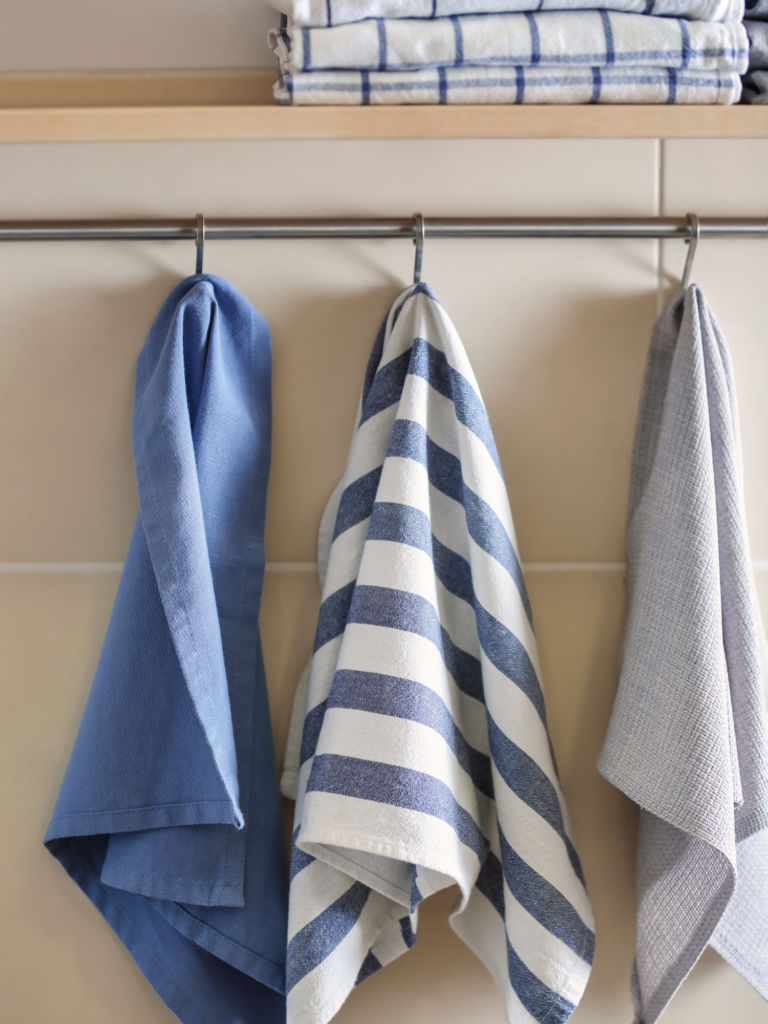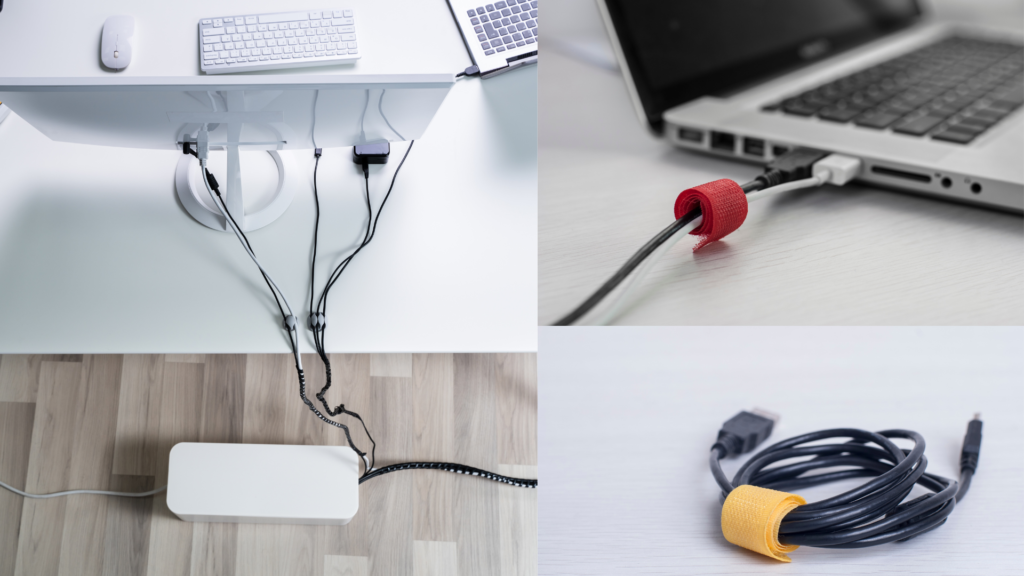How to Organize Your Room: A Step-by-Step Guide

Learning how to organize your room can transform your living space into a more functional, peaceful environment. If you’re struggling with a cluttered bedroom, a messy workspace, or an untidy shared living area, room organization is key to improving your comfort and productivity. In this guide, I’ll take you through easy steps to create a clean, clutter-free room that feels welcoming and manageable.
Why You Should Organize Your Room
Understanding how to organize your room is more than just about keeping it tidy. It offers several significant benefits:
Reduces Stress: A cluttered room can make you feel overwhelmed. By learning how to organize your room, you’ll create a more relaxing space that promotes mental clarity.
Improves Productivity: A well-organized room means you’ll spend less time searching for items and more time focused on what really matters.
Saves Time: Knowing where everything is located reduces the time spent rummaging through piles of clutter.
Maximizes Space: Organization allows you to make the most of your available space, even in small rooms.
Now that we’ve covered the benefits, let’s move on to the actual process of how to organize your room.
Step 1: Declutter and Purge to Organize Your Room
Before you can truly understand how to organize your room, you need to start with a clean slate. Decluttering is the first step to room organization, and it’s essential for maximizing space.

- Empty the Room: If possible, take everything out of the room, including furniture, decorations, and items in closets or drawers.
- Sort Into Categories: As you remove items, sort them into categories: Keep, Donate, Recycle, or Toss. This will help you evaluate what you truly need and eliminate excess clutter.
- Be Ruthless: If you haven’t used or worn something in over a year, it might be time to let it go. Learning how to organize your room means recognizing when items are no longer serving a purpose.
Once you’ve sorted through everything, you’ll have a clearer idea of what needs to stay and what can be discarded.
Step 2: Create a Functional Layout to Organize Your Room
The next step in how to organize your room is arranging your furniture and storage systems to optimize both space and functionality.

- Consider Traffic Flow: Make sure there’s a clear path through the room so it feels open and accessible. Avoid placing furniture where it blocks windows or doors.
- Maximize Wall Space: Use vertical storage solutions like shelves, hooks, or pegboards to keep items off the floor and free up more usable space.
- Use Multi-functional Furniture: If you’re tight on space, choose furniture that doubles as storage. Beds with built-in drawers, ottomans with hidden storage, and desks with shelving are great for maximizing space while keeping your room tidy.
Understanding how to organize your room isn’t just about putting things away, it’s also about creating a layout that works with your lifestyle.
Step 3: Organize Your Room with Smart Storage Spaces
Proper storage is a critical component of mastering how to organize your room. Once you’ve cleared the clutter and decided on a layout, it’s time to find a home for every item.

- Closet Organization: Start by decluttering your closet. Invest in hangers, closet organizers, or shelves to keep clothes, shoes, and accessories organized. Use boxes or bins for seasonal clothing, and label them so you know what’s inside. I have an elaborated post on closet organization, have a look to master organizing your closet.
- Drawer Dividers: For your dresser, use dividers or small bins to separate socks, underwear, and other smaller items. This makes it easier to find what you need without having to dig through piles.
- Under-Bed Storage: Utilize the space under your bed for storage bins, containers, or rolling drawers. Store items you don’t use frequently, such as off-season clothes or extra bedding.
- Shelving and Bins: For books, decorative items, or electronics, install shelves or use baskets and bins to store smaller things that might otherwise clutter surfaces.
Knowing how to organize your room means making sure everything has its designated place. The less clutter you leave lying around, the cleaner and more organized your room will feel.
Step 4: Declutter Surfaces to Organize Your Room Effectively
Flat surfaces like desks, dressers, and nightstands tend to collect clutter quickly. When learning how to organize your room, it’s important to keep these areas clear.

- Nightstand Essentials: Only keep what you need next to your bed. Limit it to essentials like a lamp, an alarm clock, and perhaps a book.
- Desk Organization: Keep your workspace clear by using desk organizers for pens, papers, and other office supplies. Use cable ties or clips to keep cords neat and out of sight. You can also look into my post about study room organizers for more ideas.
- Limit Decorations: While decorations can add personality to your room, too many can make it feel cluttered. Choose a few meaningful items and rotate them if you like variety.
Clearing off surfaces is one of the quickest ways to make your room look cleaner and more organized.
Step 5: Implement Daily Habits to Organize Your Room
The key to maintaining what you’ve learned about how to organize your room is to create daily habits that keep clutter at bay. Incorporate these simple routines into your day to keep your room organized long-term:

- Make Your Bed Every Day: A made bed instantly makes the room feel more put-together.
- Clean Up Before Bed: Spend 5-10 minutes each night putting things back in their proper places.
- Use the One-In, One-Out Rule: When you buy something new, get rid of something you no longer need. This prevents unnecessary clutter from building up again.
By maintaining these daily habits, you’ll prevent your room from becoming cluttered and overwhelming, ensuring it stays organized for the long haul.
Step 6: Use Containers and Baskets to Organize Your Room
One of the best tips for how to organize your room is using containers and baskets to keep similar items grouped together. This not only looks tidy but also makes it easy to find things when you need them.

- Decorative Baskets: Use attractive baskets to store extra blankets, pillows, or magazines. This adds a decorative touch while keeping clutter contained.
- Clear Containers: For items like makeup, skincare, or accessories, use clear containers or acrylic trays to store them in an orderly fashion on your dresser or vanity.
- Drawer Organizers: Use small baskets or containers in drawers to separate items like jewelry, chargers, and other small accessories. This keeps them from getting tangled or misplaced.
Knowing how to organize your room with the right containers makes it easier to maintain order and helps reduce the mess on a daily basis.
Step 7: Rotate Seasonal Items to Organize Your Room
A great tip for mastering how to organize your room is to rotate items based on the season. Storing off-season clothes, shoes, and accessories in separate bins or containers will help free up valuable space.

- Under-Bed Storage: Store seasonal items in bins under the bed. Use vacuum-sealed bags to save even more space.
- Closet Shelves: Store seasonal items on higher closet shelves, where you can easily access them when needed but keep them out of the way during the off-season.
- Switch Out Decor: If you enjoy redecorating, rotate seasonal decor items rather than keeping them all in your room at once.
By learning how to organize your room with seasonal rotations, you’ll keep your space decluttered and focused on the things you actually need.
Master How to Organize Your Room Efficiently
Mastering how to organize your room is essential for creating a space that is both functional and comfortable. By decluttering, creating a functional layout, and utilizing smart storage solutions, you can transform any room into an organized and peaceful retreat. Remember, the key to maintaining your organization is implementing daily habits that keep clutter from piling up. You can also look into room makeover videos to get a visual idea on how to organize your room.
Whether you’re tackling a messy bedroom or refreshing a shared living space, these tips will help you know exactly how to organize your room. Start today, and enjoy the benefits of a clean, clutter-free environment!












































